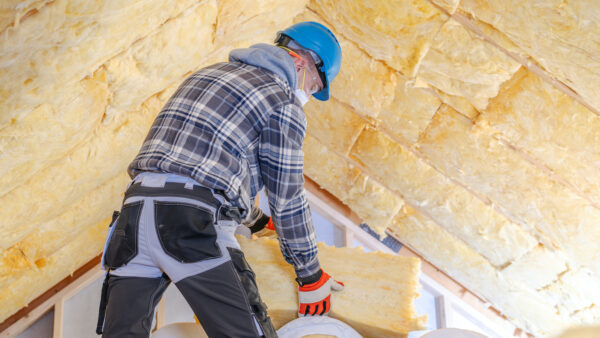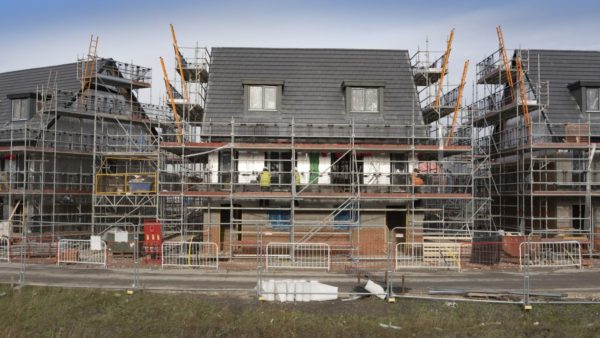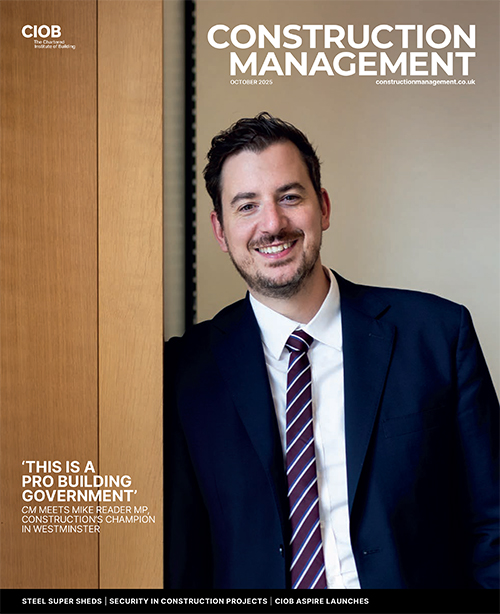Walls and floors could be made from shredded paper after researchers at Nottingham Trent University developed a new material which they claim is as strong as MDF (medium density-fibreboard).
A study led by Dr Anton Ianakiev, of the School of Architecture, Design and the Built Environment, and Dr Anthony Crabbe, of the School of Art and Design, established a new, rigid composite material which is paper-based but also fire and water resistant.
It is made from a mixture of long strands of shredded office paper and a sodium silicate gluing agent, which protects against flame and moisture.
To make it, the two materials are mixed at a ratio of 80% paper and 20% sodium silicate and then compressed at high pressures at 90°C.

L-r: Dr Anton Ianakiev, Hooi Cheah and Dr Anthony Crabbe from Nottingham Trent University have developed a new material they claim is as strong as MDF
The result is a composite material which removes the need to recycle the paper and is affordable, quick to manufacture, competitive against chipboard and MDF and can be moulded into various shapes, including structural panels.
Ianakiev, a senior lecturer in civil engineering, said: “It’s very important that the materials of tomorrow are designed to be as sustainable as possible. Shredded paper, which is widely available, could become a viable construction material at a potentially low cost.
“The fact that it can be used to make a rigid material that is fire and water resistant will surely make it very appealing to the construction industry.”
To further exploit the material’s high stiffness, the researchers moulded it into a ribbed pattern that greatly increases its load bearing capacity.
Dr Crabbe added: “We’re very pleased with the results of moulding this composite material, which performs better than chipboard in respect of its strength, versatility and its variety of potential applications.”
Postgraduate researcher Hooi Cheah, who worked on the project, said: “Recycled waste paper really could become an important future material for the construction industry as it is a more sustainable way of reprocessing waste paper than recycling it.”
Dr Crabbe said that the development of this material came about as one element of a knowledge transfer project the researchers carried out with Burgess Architectural. “They have agreed a royalty deal with the university and we are now waiting on them to develop the tooling necessary to start moulding raised access floor panels, which can moulded from a number of materials, including this one,” he said.










